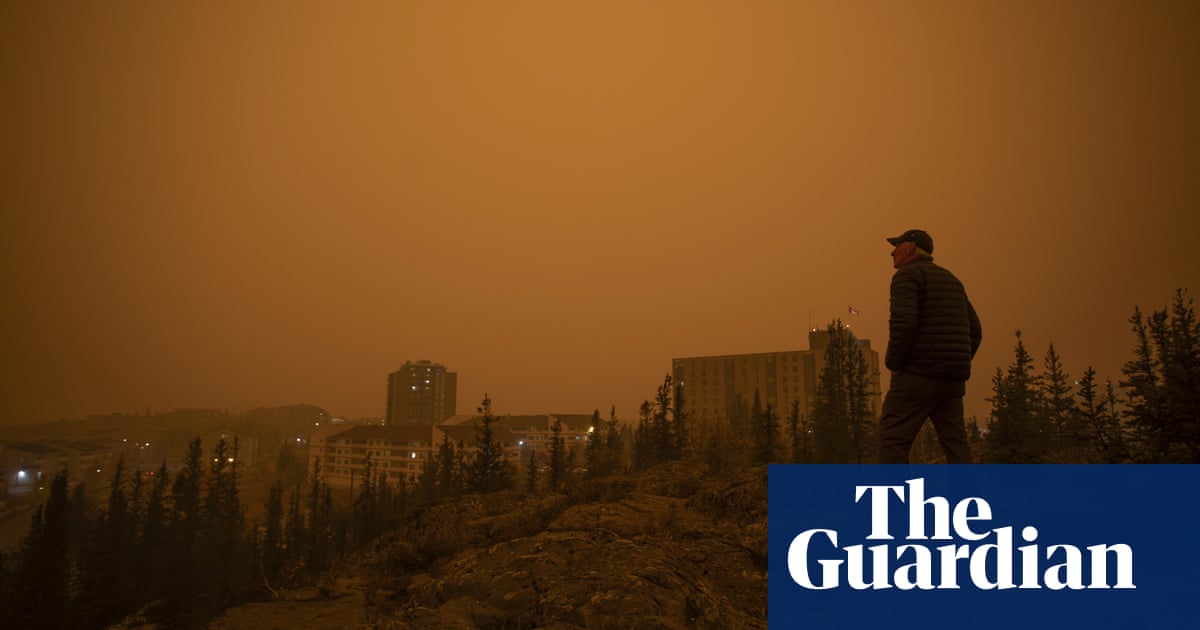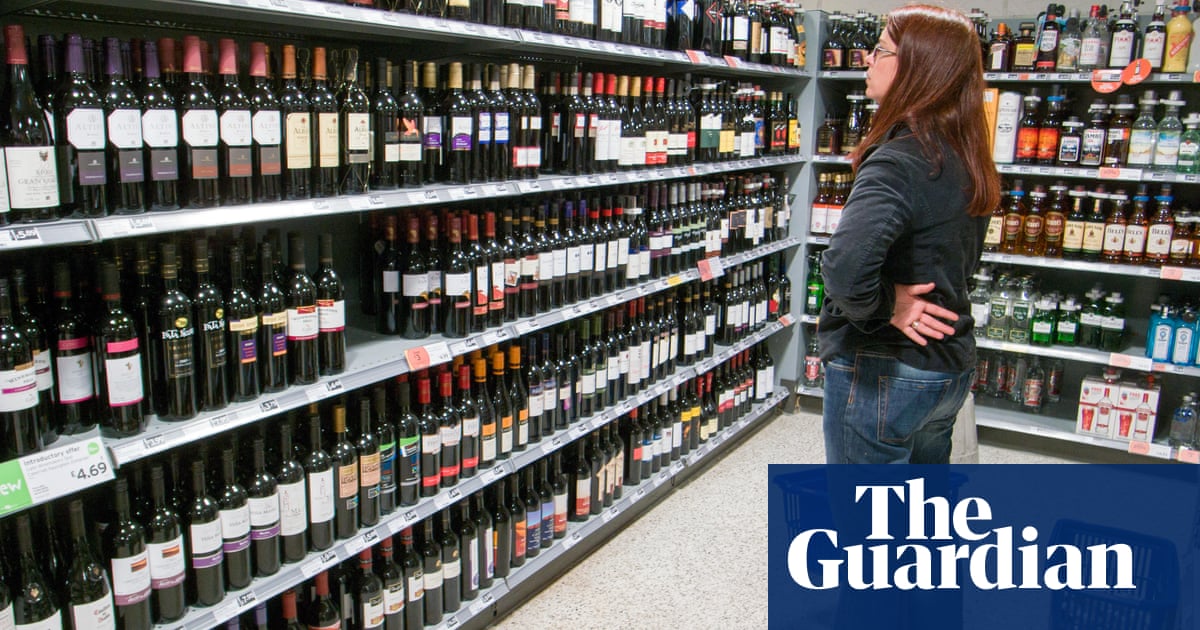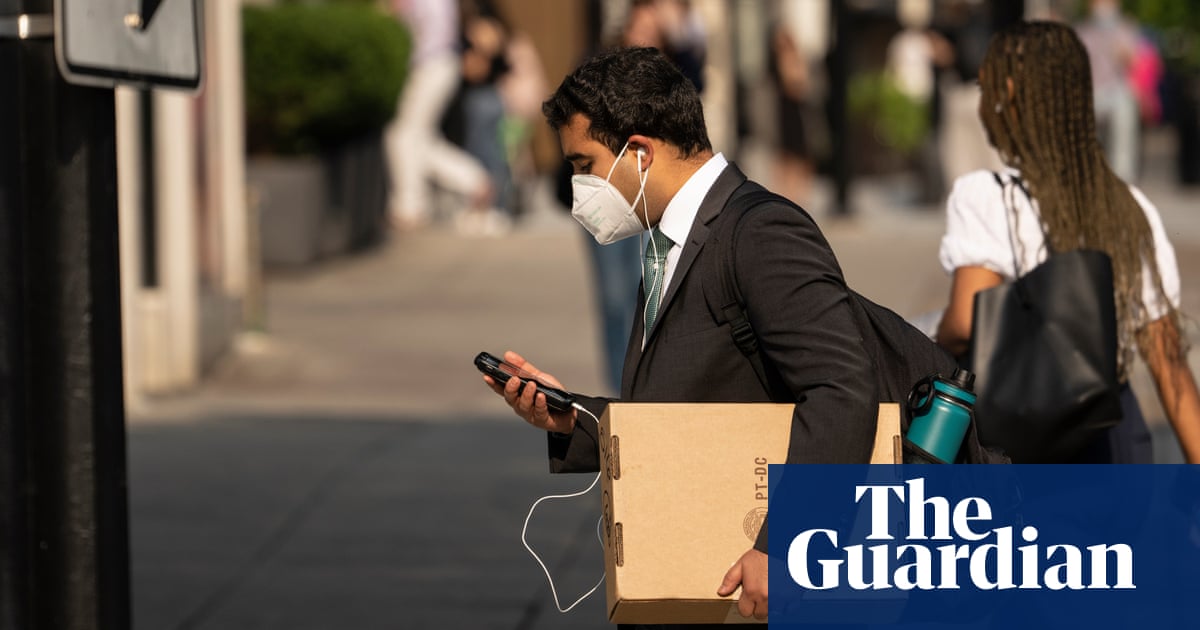
Canada’s pristine air quality has been long praised by its citizens and prized by its government. But the thick plumes of smoke and miles of haze released by a record-breaking season of wildfires deteriorated the country’s air so much that it has fallen behind the United States for the first time on record, highlighting the wide-ranging and damaging effects of the blazes.
In its sixth annual World Air Quality report released on Tuesday, the Switzerland-based IQAir found overall air quality in Canada was worse than its southern neighbour. Of the 15 most polluted cities in the two countries, 14 were in Canada. Overall, Canada and the United States were ranked 93 and 102 for their air quality (Bangladesh, at No 1 was the most polluted).
The bulk of those communities were clustered in Canada’s western provinces, where wildfires engulfed the largest swaths of land.
But the report also flagged Yellowknife, the capital of the Northwest Territories, as one of the country’s most polluted communities. The northern city, typically out of reach of major wildfires, made headlines over the summer when nearly 20,000 residents were forced to flee their homes as multiple fires converged upon the region.
In its last report of 2023, the Canadian interagency fire centre said 6,551 fires burned 18,496,057 hectares of land, compared with 1,467,976 hectares burned the previous year.
“For the longest time, we’ve thought about fires as a western issue. But after this last season, we need to start seeing it as national issue that could cause loss and damage and health issues in any part of our country,” said Paul Kovacs, the executive director of the Institute for Catastrophic Loss Reduction at Western University.
Fires across Canada from British Columbia to Nova Scotia prompted waves of air quality warnings across the country, including major cities in Ontario – a region relatively unaccustomed to the sooty haze and eerie orange skies of wildfire smoke. The fires also led to poor air quality for millions of residents in the eastern United States.
Despite months of grim headlines, any hope of a respite in the coming spring and summer looks increasingly unlikely.
“Early reporting suggests that this year’s wildfire season could be worse than the last,” Canada’s emergency preparedness minister, Harjit Sajjan, told reporters at the end of February, following an “alarming but not surprising” briefing by experts.
The scope of Canada’s challenges was made clear over the winter, when more than 100 wildfires kept burning in the province of British Columbia, fuelled by a drought in the autumn and a dry winter with unseasonably warm temperatures.
“We are seeing records set for everything from drought to snowfall to heat, and what we are hearing from experts is that this summer might be a very difficult one,” the provincial premier, David Eby, told reporters on Monday as he announced early preparations for the upcoming wildfire season.
In the neighbouring province of Alberta, officials also marked an early start to the fire season after a dry and mild winter. They have cited one of the lowest snowpacks in the last five decades as being a source of concern in the coming months.
“It is really challenging for public officials to decide what is the right resources to put in when it comes to preparing to fight wildfires,” said Kovacs. “There’s a trend of spending more each year, but governments are facing so many different pressures where they should put that money.”
Environmental groups have also pointed to the links between fossil fuel companies and the effects of climate change.
“That air quality in Canada has deteriorated so much should be a wake-up call to Canadian politicians to rapidly implement measures like the emissions cap on Canada’s oil and gas industry,” said Conor Curtis of the Sierra Club Canada Foundation. “It’s Canada’s oil and gas industry who are most responsible for our contribution to climate change, and it’s that industry which has failed to cut emissions despite their huge profits and the huge risk inaction poses to Canadians’ health and homes.”












